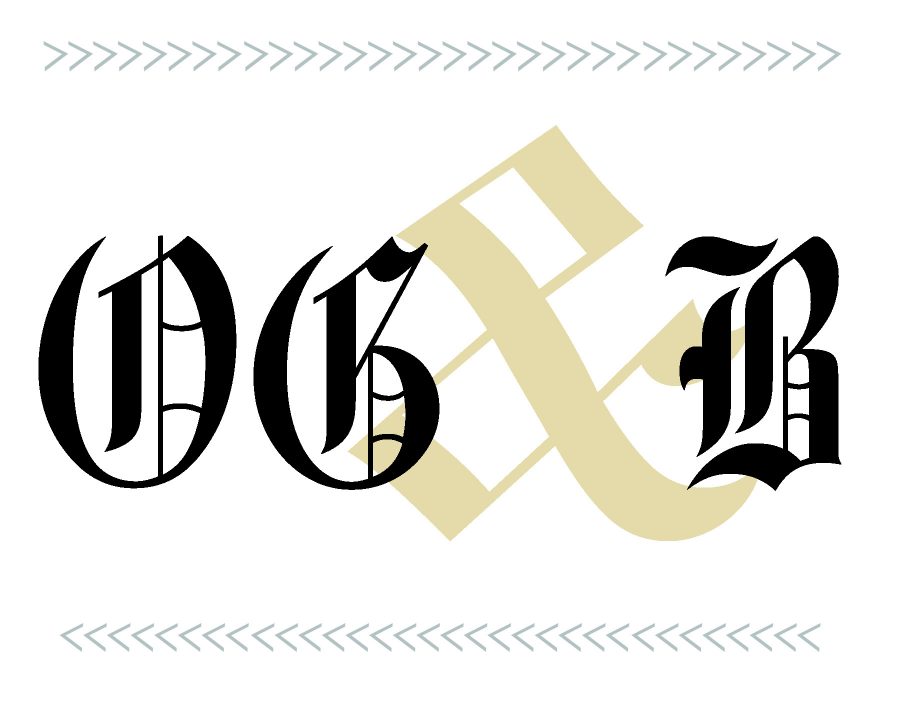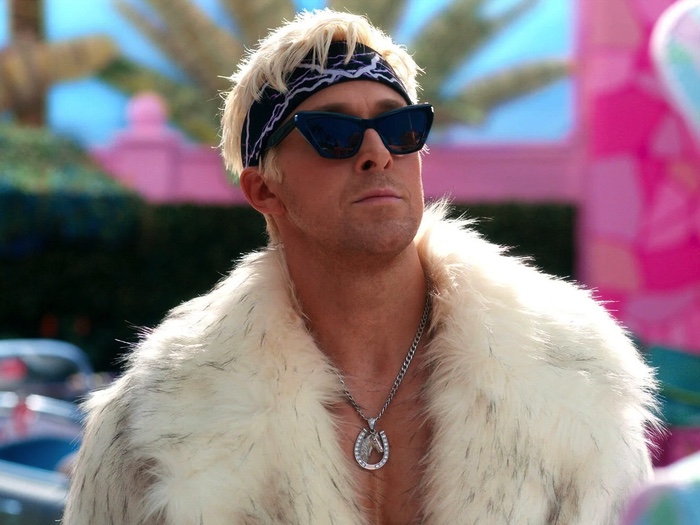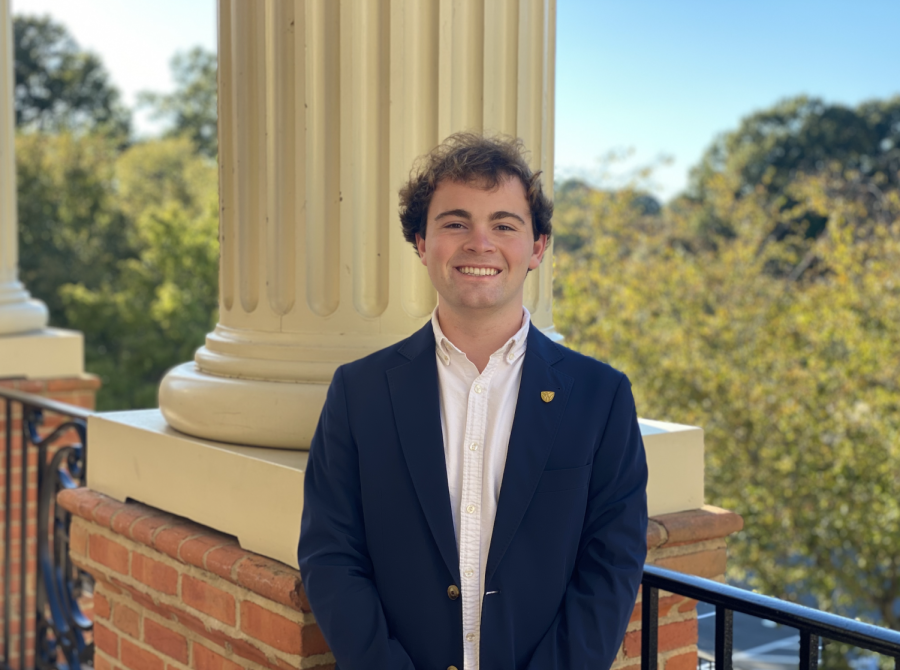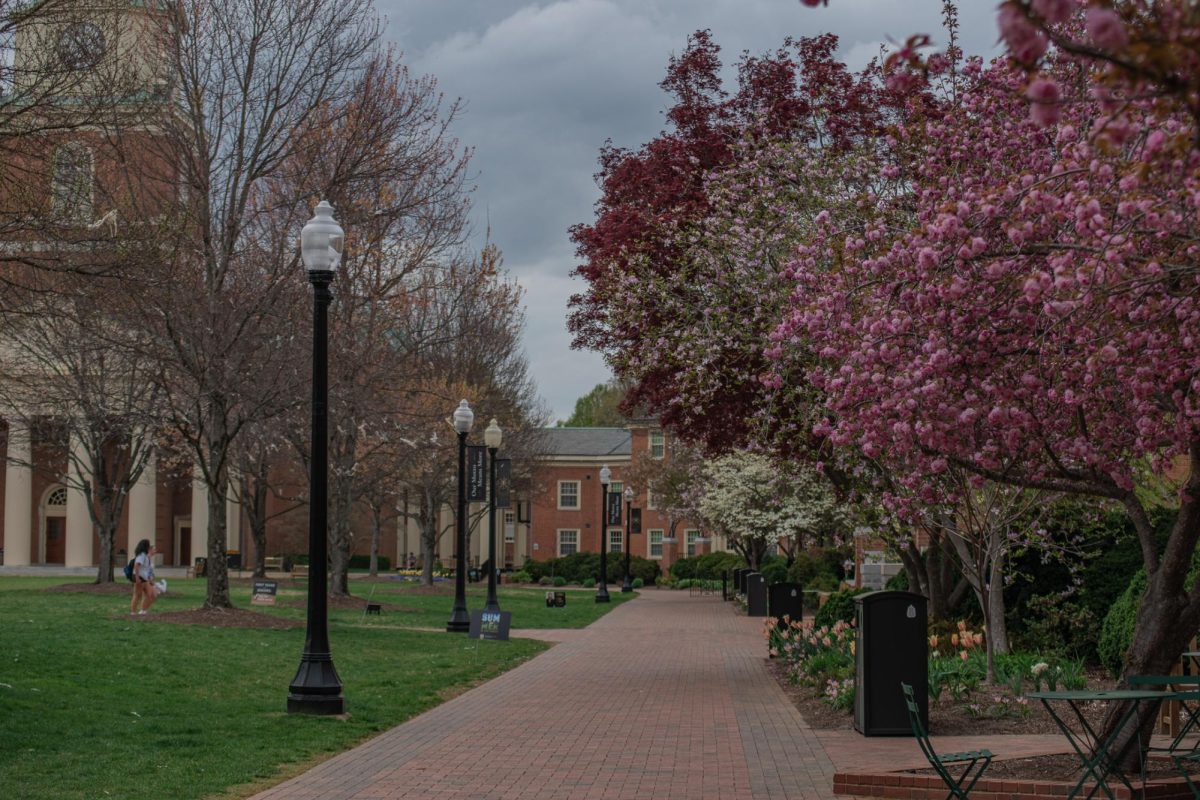A friend and I recently discussed tattoos — the impulse to get one and our constant, eventual dissuasion from doing so. We’ve both nearly needled a limb, but every time “analysis paralysis” relegates us to a life unscathed. Our own limitations confound the decision with fear, a fear stemming from a distrust in our own mind’s ability to produce images or concepts that won’t age into antiquated laugh-tracks. We simultaneously desire eternal imagery and can never produce it; the measure of existence prevents our perfect picture. Hence the tattoo’s impossible promise, that a static image may convey a dense, refreshing concept that can remain in complex relation to us for eternity.
Soon after we agreed on our inevitable dissatisfaction, my friend expressed a philosophy of the tattoo I had never heard articulated before. She said that tattoos can be about people, not necessarily concepts that elaborate our intellect or freeze a piece of subjectivity. At first, I thought she meant commemorative portraits of the dead, or even “MOM” hedged in by barbed wire — both risible clichés. But she meant tattoos as banal objects stripped of visual value, images as mere containers for interpersonal history. An example: friends who, during a period of their lives, were so close they both got flowers tattooed on their ankles. The image itself represents little, but the two together form a current, disparate from some stale, solipsistic sliver. The rush of memory each flower releases in the two individuals nourishes the image with relevant human substance, and the faintly-flowing current never completely disappears, even in times of distraction. Instead of an image housing abstract meaning, it briefly lights a personal universe. Though the specific relationship may fade, the tattoo will always vitalize its previous presence. The tattoo historicizes important people through an image, which simply becomes the memory’s excuse to stir. Physical markings become launch pads instead of manifestos, less the things themselves than the things they carry.
Does this seem banal? Do tattoos always incite some sort of memory? Perhaps, but flecks of our own subjectivity almost always, at some point, seem fatuous or immature in retrospect. But here, the tattoo, sapped of monolithic meaning, gashes our memory, opening us up to a reservoir of feeling. It creates the heat required to peel back the layers of waking life and sense the contours of before, a spiritual comingling with the past prompted by a surface tingle. The image becomes a servant instead of a faked philosopher, a signpost, not a superficial symphony.
Though to tattoo a box on oneself and fill it with items as life progresses seems too anticipatory. It recalls a great line about Hotspur, from Henry IV: “He apprehends a world of figures here / But not the form of what he should attend.” The box in waiting seems like the structural negation of the heart. To fill a preordained box with people’s totems feels either like a kind of calculated taxonomy or gauche blunder. The unfixed is central to this methodology; images do not sit fuzzily on our horizon, waiting for each new friend to bring one into definition. The heart precedes the tattoo, and only informs it insomuch as it employs it as a spontaneous currier.
This iceberg theory of the tattoo supersedes the inorganic process of convoluted, imperfect concept-tattoos. It is a theory of (re)vitalizing moments uttered, initially, through a tattoo, but broadly blooming as something outside the static image itself. Like a butler ushering us into a grand ballroom, the tattoo cedes to rooms inside us that are occupied by others, filigreed with gestures and words. Our physical body becomes a site of loss where our identity briefly slips into communion with another’s, and the imagination flings different emotions across memory’s landscape. We disappear, for a time, through an inward gesture of love. Antoine de Saint-Exupéry said, “Love does not consist of gazing at each other, but in looking outward together in the same direction.” It’s a synergy no concept could ever achieve, an instance of bliss injected with the collective pleasures of the past.














